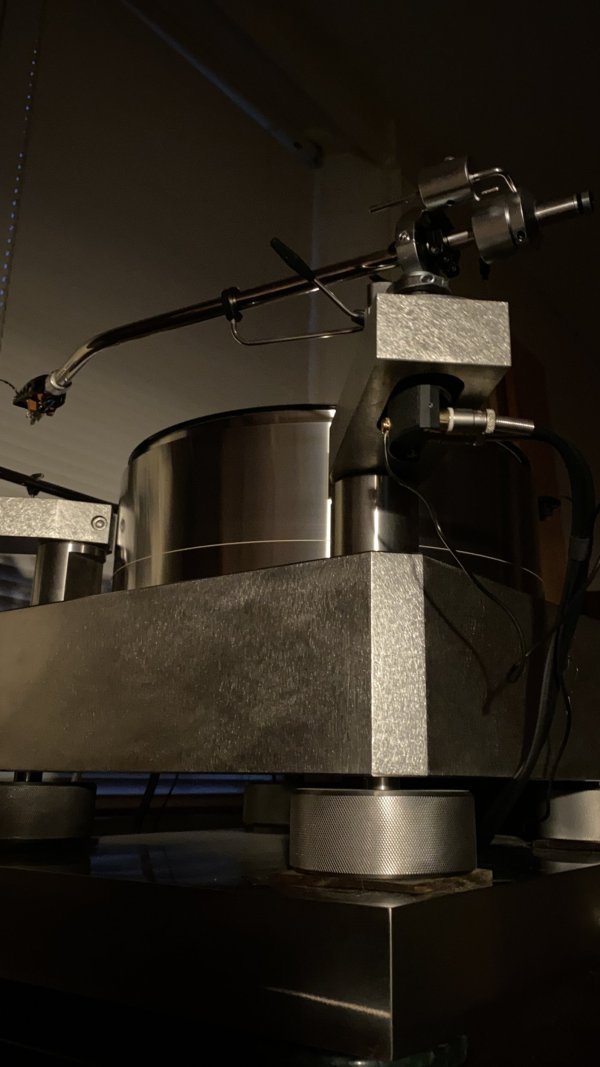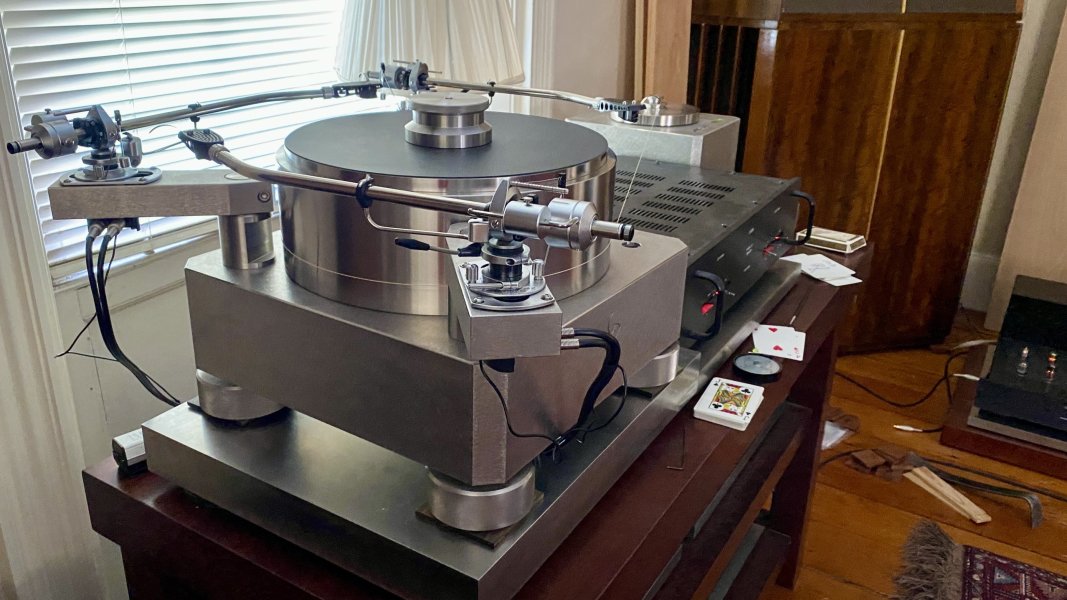Very incorrect statement. To start with, there are very few full range quality drivers. The only one I have heard is AER BD4 and 5, till 3 is not good enough. You might be comparing lowther. There is Feastrex, but I haven't heard it and very few people have.
With that kind of coherence and sensitivity, swings are amazing, best lows to highs, no need to touch volume on full orchestra. A good system should do dips and highs without touching the volume.
I have a friend who has spent the last 25 years trying to help a friend make 'full range' drivers work (he still is, which seems to have a lot in common with hitting yourself in the head with a hammer; it feels a lot better when you stop). He doesn't seem to get why it sounds congested at higher volumes. At low volumes they sound great and he likes to listen at lower levels and to fairly simple material like a blues guy that is only playing guitar. But if you throw something complex at them the bass causes all of them (he's got a room full of drivers he's tried) to make Doppler Effect distortion which does not sound good. If you prevent the bass getting on the driver the Doppler Effect is vastly reduced and the result is much smoother sound with improved detail. But now there's a crossover, which seems to be against his religion. He's always had subs, but the whole thing only works to a certain volume depending on the material; at some point the Doppler Effect takes over and the system just doesn't sound right.
In addition, if the highs are there you have to have your head in vise to hear them. That is why a rear firing tweeter or the like is handy so if you're slightly off axis at least the tonal balance doesn't suffer so much. Even the 12"units have this problem, even the field coil powered ones do.
I keep telling him that the main driver doesn't have to have a high frequency crossover, just something for the tweeter. Actually if you just bite the bullet and actually use a good tweeter its a lot better if you cross the main driver out so there's no comb filtering (which sounds harsh). So the upshot is you can get the system to sound a lot better if you have a crossover for the woofer and the tweeter. But if you don't play at higher levels (which you might if you're really close to the speaker or the room is small and lively) then they work great.
Joining the party late here, but you said that the guy was trying to avoid using crossovers. That's not my goal, and so I hope that either of you could advise me as follows:
From what I’ve seen of main horn directivity charts, it’s usually some versions of tractrix horns and most of the JMLC horns-such as
https://horns-diy.pl/horns/jmlc/jmlc-350/ -which, beyond a single listener and/or listening position-could cause “head in vise” headaches. Though how that might be much worse than listening to average sized Magnepans or Quad ESLs, I wouldn’t know, as I’ve had no chance to hear any of those nor JMLC speakers. Lynn Olson hired Bjorn Kolbrek to perform the calculations which produced the smaller AH425 horn.
https://www.azurahorn.com/azurahorn_horns.html
Pierre used it for some years as a two-way, first with Yamaha JA6681b and later with EQed Radian 745neoBe drivers.
https://www.diyaudio.com/community/threads/beyond-the-ariel.100392/post-5140640 Note the off-axis curves and Marco_gea’s reply.
https://www.diyaudio.com/community/threads/beyond-the-ariel.100392/post-5140648
Sadly, I am no kind of diyer, so experimenting on my own is out of the question. Instead, I have to rely Joseph Crowe to finish my speaker build with these cloned midwoofers I sent him
https://josephcrowe.com/blogs/news/altec-416-8b-in-100l-sealed , and to either use his horn
In this blog post I test the new ES-450 Biradial No.2143. Horn Features 450Hz cutoff frequency (Fc) 2" throat diameter 30cm high x 55cm wide (12" x 22") ES horn flare curvature with full wrap-around Rear extension for positioning of super tweeter Rubber ball pocket feet (rear ball can be...
josephcrowe.com
https://cdn.shopify.com/s/files/1/0...ot_2023-10-14_170306_480x480.png?v=1697317415 , which narrows with higher frequencies, but is not as beamy as the AH425 horn likely is.
Or choose one or another constant directivity horn, which you might recommend for a two or three-way design. Please advise if possible. .





